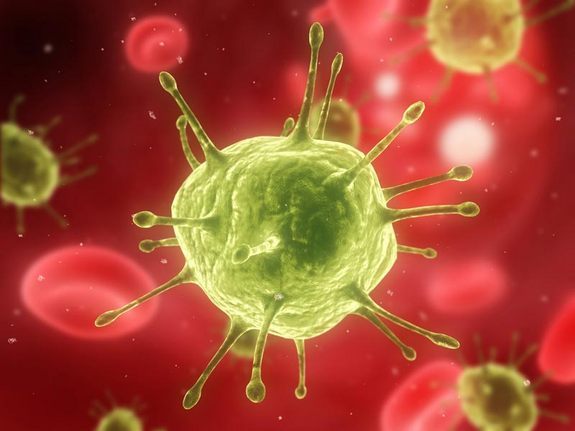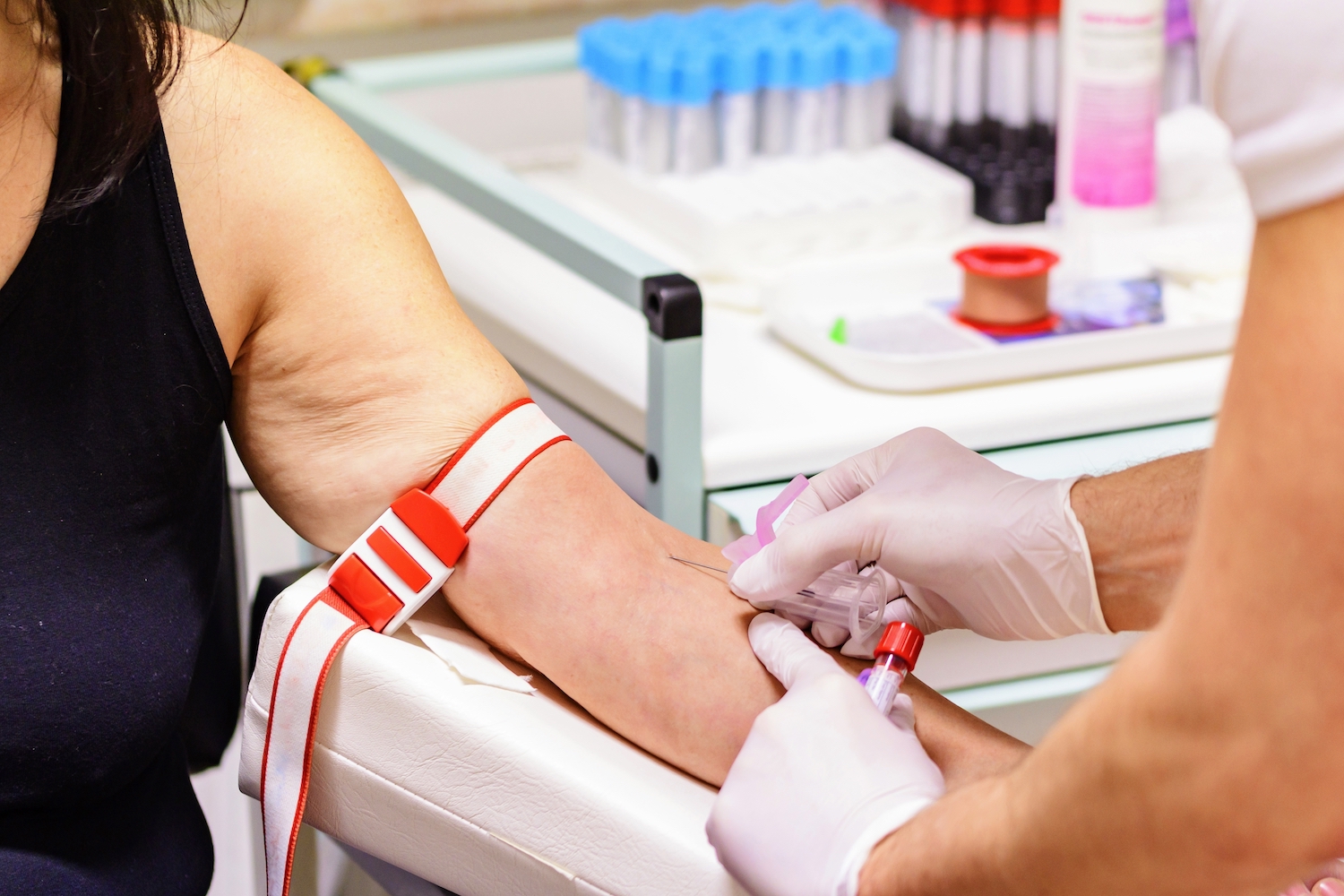AIDS & HIV: Symptoms, Treatment and Prevention

While 1.2 million Americans currently live with AIDS, the incurable disease is no longer a death sentence and has become a chronic, manageable condition.
The introduction of protease inhibitor drugs in 1996 was a game changer in the treatment of the disease, and now with early treatment, people with AIDS can live about as long as those without the disease, said Dr. Alysse Wurcel, an infectious disease specialist at Tufts Medical Center in Boston.
First reported in the United States in 1981, acquired immunodeficiency syndrome (AIDS) destroys the body's ability to fight infections and other life-threatening illnesses, according to the National Institute of Allergy and Infectious Diseases (NIAID). The virus that causes AIDS is called HIV, or human immunodeficiency virus.
HIV can be spread through unprotected sexual intercourse; while sharing needles and syringes; or from mother to child during pregnancy, childbirth or breastfeeding, according to NIAID. HIV attacks the immune system by damaging CD4 cells (T cells), a type of white blood cell important for fighting off infection.
HIV is different from other diseases in that there is still a stigma linked with it. People with HIV may be afraid to let others know they have the disease because they're concerned about being treated differently by friends or facing discrimination at work, Wurcel said.
Symptoms of HIV and AIDS
When a person is first exposed to HIV, they may not show symptoms for several months or longer. Typically, however, they may experience a flu-like illness two to four weeks after becoming infected. People in this early stage of infection have a large amount of HIV in their blood and are very contagious, according to the Centers for Disease Control and Prevention (CDC).
This early illness is often followed by a "latency" phase, in which the virus is less active and no symptoms may be present, according to the U.S. Department of Health and Human Services (HHS). Although symptoms may be absent, people can still transmit HIV to others during this stage. This latent period can last a decade or more.
Left untreated, HIV infection will progress into AIDS, which severely damages the immune system. A weakened immune system makes it harder for the body to fight off other diseases, such as cancer, liver disease, cardiovascular disease and kidney disease, according to the CDC.
It can also make people more susceptible to opportunistic infections, which are infections that occur more frequently and severely in individuals with weakened immune systems. Infections may affect the brain, eyes, gastrointestinal tract, skin, mouth, lungs, liver and genitals, according to the University of California San Francisco Medical Center (UCSF).
According to the UCSF Medical Center, HIV and AIDS may cause the following symptoms:
- Rapid weight loss or "wasting."
- Extreme fatigue.
- Dry cough.
- Recurring fevers or profuse night sweats.
- Swollen lymph glands in the armpits, groin or neck.
- Prolonged diarrhea.
- Sores in the mouth or bleeding from the genitals or anus.
- Pneumonia.
- Blotches on or under the skin or inside the mouth, nose or eyelids.
- Depression, memory loss and other neurological effects.
Diagnosis & tests
The CDC recommends that everyone between the ages of 13 and 64 be tested for HIV at least once, and those at increased risk for infection be tested at least yearly.
According to the CDC, three types of tests can confirm an HIV infection:
A NAT, short for nucleic acid testing, looks for the actual human immunodeficiency virus in the blood. But this expensive test is rarely used for routine screening.
An antigen/antibody test looks for HIV antibodies, which are proteins produced by the immune system after exposure to bacteria or viruses. The blood test also detects HIV antigens — foreign substances that activate the immune system.
The third type is an antibody test that looks for HIV antibodies in blood or oral fluid. These tests can be done with a kit at home and provide results usually within 30 minutes.
However, it may take weeks or months after someone is first infected with HIV for the immune system to develop enough antibodies to the virus for those proteins to be detectable in an HIV test. And the results of conventional HIV tests that are sent to a laboratory for analysis may take a week or more to be reported. Another rapid HIV test, which may involve swabbing a person's gums, is also available and offers results in about 20 minutes. A positive result on any HIV test should be confirmed with a second, follow-up test.

Treatments & medications
While AIDS remains incurable, patients are living much longer — even decades after infection — because of the development of medications to suppress the virus.
The most effective treatment is known as antiretroviral therapy (ART), which has typically been a combination of at least three medications meant to prevent the patient from becoming resistant to any one drug.
Modern medications for AIDS are more potent and less toxic than in the past, and people take fewer pills, less frequently, Wurcel told Live Science. In fact, most people on ART take only one pill a day, and the treatment is well tolerated with few side effects, she said.
ART can help slow the spread of the virus and lower its amount in the blood, which is known as the "viral load." With daily treatment, that viral load may decrease so much that it becomes undetectable. A person with undetectable HIV can't transmit the virus to their sex partners, even though HIV is still present in the person's body.
According to the National Institutes of Health, the most common antiretroviral drugs fall into three categories:
- Reverse transcriptase inhibitors, which keep the virus from reproducing.
- Protease inhibitors, which interrupt the replication of the virus at a later step in the virus life cycle.
- And, fusion inhibitors, which prevent the virus from entering and replicating in healthy cells.
Researchers are developing new treatments as alternatives to taking a daily pill, such as long-acting injectable HIV drugs given once a month or every few months, Wurcel said. In the future, there may be an implantable device placed under the skin to deliver ART, so people don't forget to take their medications, she said.
Prevention
More than 56,000 Americans become infected with HIV each year, according to HHS. Preventing infection means avoiding behaviors that lead to exposure to the virus.
Prevention measures include:
- Knowing your HIV status as well as your partner's.
- Using latex condoms correctly during every sexual encounter.
- Limiting the number of sexual partners.
- Abstaining from injectable drug use and never sharing needles or syringes.
- Seeking treatment immediately after suspected HIV exposure, since newer medications known as post-exposure prophylaxis (PEP) may prevent infection if started early.
- Reducing the chance of becoming infected by obtaining pre-exposure prophylaxis (PrEP), which is a daily pill taken by people at high risk for HIV because of their sexual behavior or from injecting drugs.
Additional resources:
- Learn more about HIV and AIDS from the CDC.
- Read a brief history of treatment for HIV and AIDS from the National Institutes of Health.
- Find out more about HIV and AIDS from the Mayo Clinic.
This article is for informational purposes only, and is not meant to offer medical advice. This article was updated on May 31, 2019 by Live Science Contributor Cari Nierenberg.
Sign up for the Live Science daily newsletter now
Get the world’s most fascinating discoveries delivered straight to your inbox.










